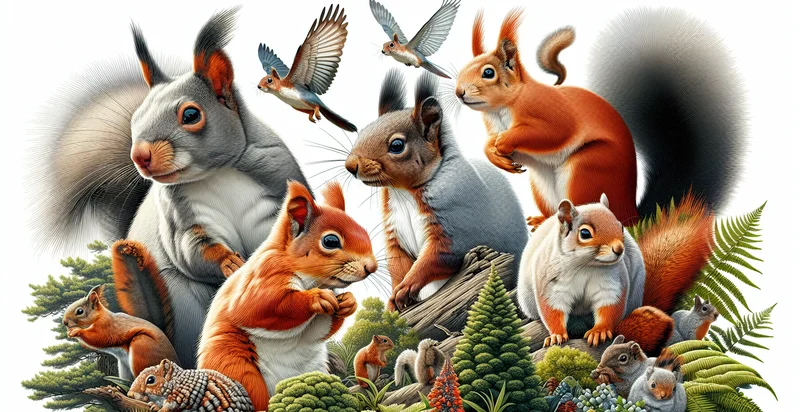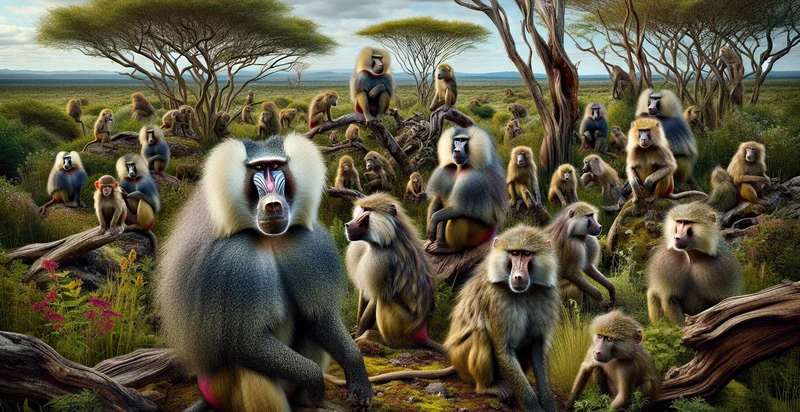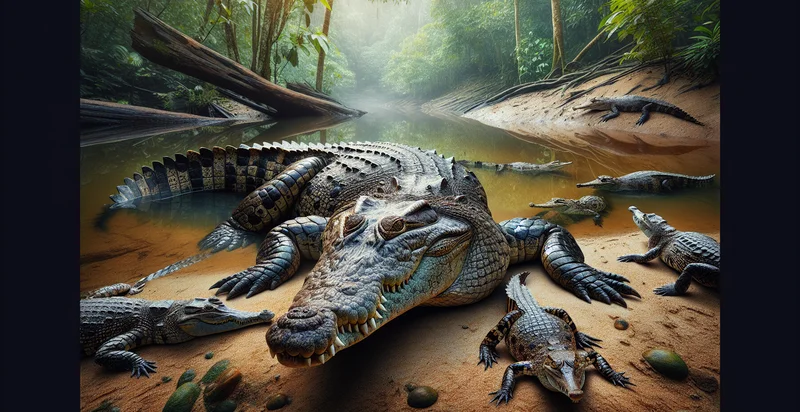Identify squirrel species
using AI
Below is a free classifier to identify squirrel species. Just upload your image, and our AI will predict which species of squirrel it is - in just seconds.

Contact us for API access
Or, use Nyckel to build highly-accurate custom classifiers in just minutes. No PhD required.
Get started
import nyckel
credentials = nyckel.Credentials("YOUR_CLIENT_ID", "YOUR_CLIENT_SECRET")
nyckel.invoke("squirrel-species-identifier", "your_image_url", credentials)
fetch('https://www.nyckel.com/v1/functions/squirrel-species-identifier/invoke', {
method: 'POST',
headers: {
'Authorization': 'Bearer ' + 'YOUR_BEARER_TOKEN',
'Content-Type': 'application/json',
},
body: JSON.stringify(
{"data": "your_image_url"}
)
})
.then(response => response.json())
.then(data => console.log(data));
curl -X POST \
-H "Content-Type: application/json" \
-H "Authorization: Bearer YOUR_BEARER_TOKEN" \
-d '{"data": "your_image_url"}' \
https://www.nyckel.com/v1/functions/squirrel-species-identifier/invoke
How this classifier works
To start, upload your image. Our AI tool will then predict which species of squirrel it is.
This pretrained image model uses a Nyckel-created dataset and has 27 labels, including American Red Squirrel and Douglas Squirrel.
We'll also show a confidence score (the higher the number, the more confident the AI model is around which species of squirrel it is).
Whether you're just curious or building squirrel species detection into your application, we hope our classifier proves helpful.
Related Classifiers
Need to identify squirrel species at scale?
Get API or Zapier access to this classifier for free. It's perfect for:
- Wildlife Park Education: Wildlife parks can use the 'squirrel species' identifier to augment their educational offerings. For example, by enabling visitors to quickly identify the species of any squirrel they see in the park, enhancing their understanding and appreciation of biodiversity.
- Biodiversity Tracking for Conservation Centres: Conservation organisations can utilise the tool to monitor and record the diversity and population of different squirrel species within a certain area. It can inform their conservation efforts and strategies effectively.
- Retail Marketing: Companies producing and selling items related to squirrels (e.g. books, toys, or decor items) can use the identifier to correctly label and market their products, thus ensuring accuracy and boosting customer trust.
- Wildlife Photography Identification: Photographers can use the identifier to correctly label the species of squirrels captured in their wildlife photos. It would increase their credibility and authenticity in professional photography space.
- Research and Education in Schools: Schools, especially those with focus on biology and environmental studies, can use the function to help students in identifying, learning about different squirrel species, and encourage active participation in citizen science.
- Ecotourism Enhancement: Ecotourism companies can use the identifier to enhance tourists' experience by helping them identify different species of squirrels in their natural habitats. This can enrich their understanding and appreciation of local wildlife and promote more respectful interaction.
- Urban Planning and Environmental Impact Studies: For professionals working in fields related to urban planning and construction, the tool can be used to study the presence and diversity of squirrel species in the area, enabling them to assess, understand, and reduce the impact of human activities on wildlife habitats.


